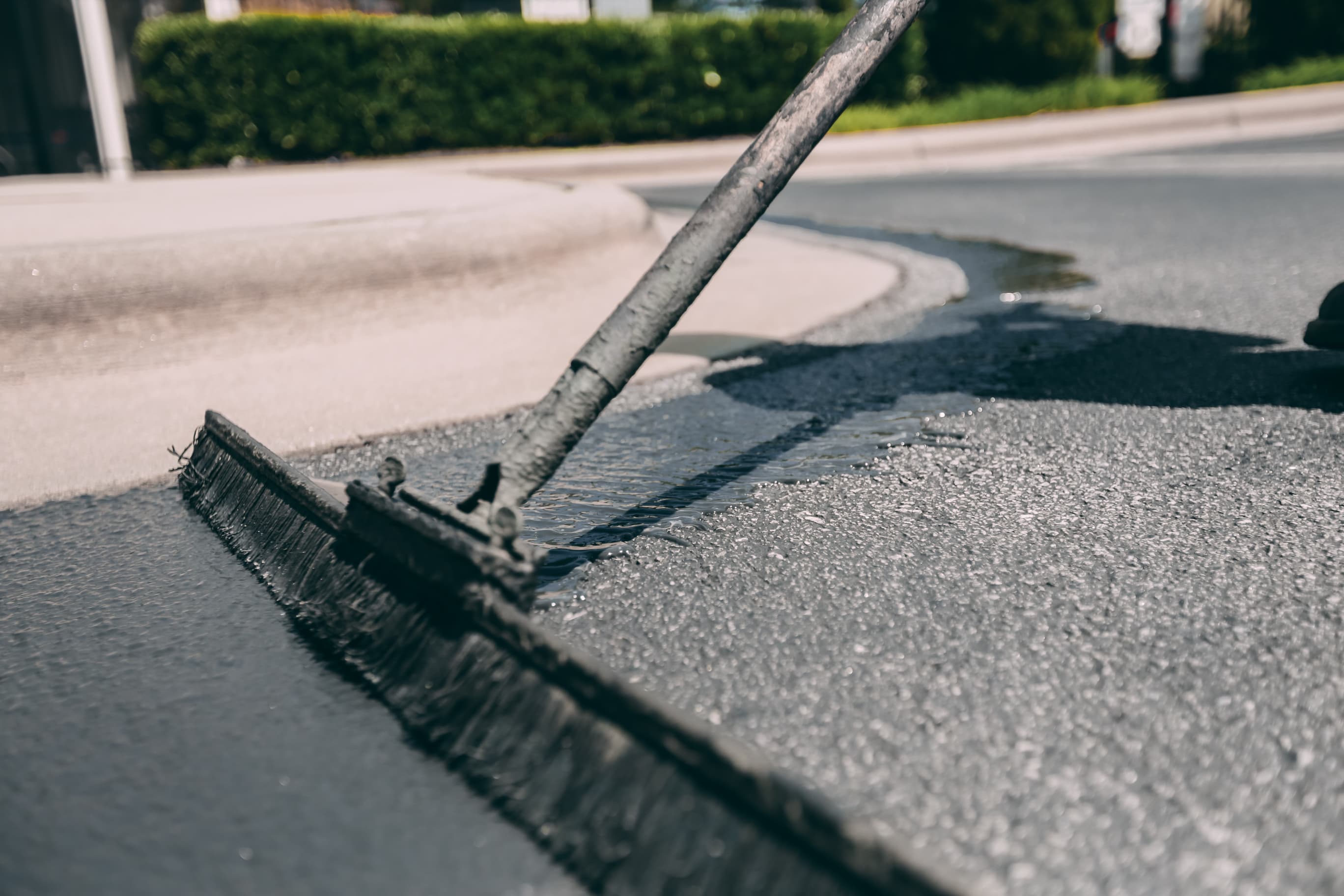Cold Mix Asphalt Vs. Hot Mix Asphalt: Which Is Right for You?

Make-up Differences
Cold mix and hot mix asphalts differ considerably in their composition, with unique attributes that impact their performance and applications. Cold mix asphalt is produced by emulsifying the asphalt binder with water and an emulsifying agent prior to mixing it with accumulation. This technique enables for the asphalt to be convenient at reduced temperature levels, making it excellent for momentary repair work and for use in chillier weather problems. Warm mix asphalt, on the other hand, is manufactured at heats, generally between 300-350 ° F, which helps to accomplish far better compaction and a much more sturdy end product. The warm mix asphalt manufacturing process includes heating up the aggregate and asphalt binder separately prior to integrating them at the asphalt plant.
Furthermore, cool mix asphalt tends to be much less thick and extra flexible than hot mix asphalt. This versatility makes it much better suited for areas with greater degrees of movement, such as driveways or roads with hefty traffic. In contrast, warm mix asphalt is known for its high sturdiness and resistance to rutting and breaking, making it a preferred choice for freeways and high-traffic roadways where longevity is critical.
Installation Process Variances
The process of mounting cold mix and hot mix asphalt displays noteworthy variations in their treatments and requirements. In contrast, warm mix asphalt demands a more elaborate installment procedure. Due to the heating demands, warm mix asphalt installations are typically brought out by specialists with customized equipment, making certain a much more long-term and structurally audio outcome.
Resilience and Durability Variables
When taking into consideration asphalt choices, sturdiness and longevity are crucial factors to evaluate for long-term pavement efficiency. Warm mix asphalt (HMA) is recognized for its exceptional durability and long life.
In terms of durability, HMA usually surpasses CMA due to its premium stamina and resistance buildings. recommended you read HMA sidewalks have a longer life span, calling for much less frequent repair work and maintenance, which can convert to set you back savings over time. Additionally, HMA sidewalks are more easily personalized to fulfill details job requirements, better enhancing their resilience.
Price Considerations
Taking into consideration the monetary effects is a critical element when reviewing the choice in between hot mix asphalt (HMA) and cool mix asphalt (CMA) for pavement tasks. While the initial price of warm mix asphalt is commonly more than that of cold mix asphalt, HMA commonly provides an extra cost-efficient service in the lengthy run as a result of its exceptional toughness and durability. HMA is recognized for its capacity to endure hefty web traffic lots and severe climate condition, reducing the need for regular fixings and maintenance. On the other hand, cool mix asphalt is a lot more cost effective ahead of time but may call for more regular patching and resurfacing, causing greater maintenance costs gradually.
In addition to product expenses, it's essential to take into consideration the costs linked with setup and upkeep when contrasting HMA and CMA. Ultimately, the choice between HMA and CMA must take right into account not just the preliminary cost however likewise the lasting financial ramifications to determine the most cost-effective choice for the details pavement job.
Environmental Impact Contrast
Comparison of the environmental impacts between hot mix asphalt (HMA) and cold mix asphalt (CMA) discloses distinct distinctions in sustainability practices. HMA manufacturing calls for high temperature levels, leading to enhanced energy consumption and greenhouse gas discharges.
Additionally, using CMA commonly involves recycling existing asphalt sidewalk, promoting source conservation and decreasing the amount of waste sent out to landfills. This recycling facet additionally boosts the sustainability of CMA compared to HMA. Overall, when considering the environmental effect, CMA emerges as a more eco sustainable choice as a result of its lower power needs, minimized exhausts, and the potential for recycling existing materials. By selecting CMA over HMA, road building tasks can contribute favorably to ecological conservation efforts.
Final Thought
In verdict, the choice between cold mix asphalt (CMA) and warm mix asphalt (HMA) depends upon various elements such as make-up, installment process, sturdiness, durability, price, and environmental impact. cold mix asphalt. While CMA provides a cost-efficient and quick service for small repair work, HMA makes certain superior longevity and durability for hefty web traffic areas. my company Take into consideration these factors meticulously to establish which sort of asphalt is the best choice for your paving needs

Considering the financial ramifications is a crucial facet when evaluating the choice between hot mix asphalt (HMA) and chilly mix asphalt (CMA) for sidewalk tasks. While the first cost of hot mix asphalt is commonly greater than that of cold mix asphalt, HMA typically gives an extra economical option in the lengthy run due to its exceptional longevity and long life. asphalt patch repair.Contrast of Go Here the ecological effects between hot mix asphalt (HMA) and chilly mix asphalt (CMA) exposes unique distinctions in sustainability practices.In verdict, the option between cold mix asphalt (CMA) and warm mix asphalt (HMA) depends on different factors such as structure, installment process, longevity, long life, price, and ecological effect